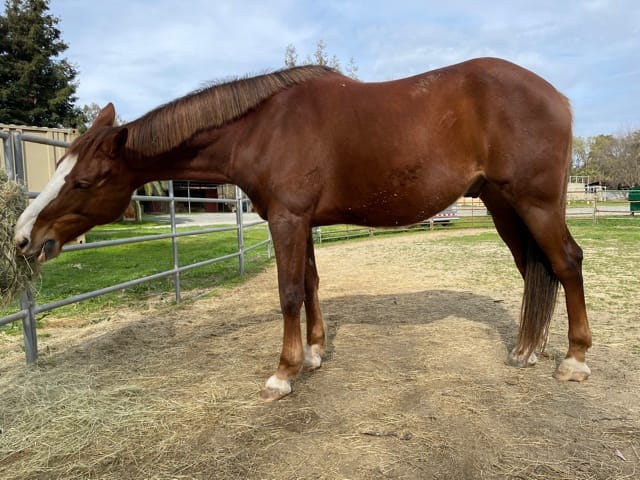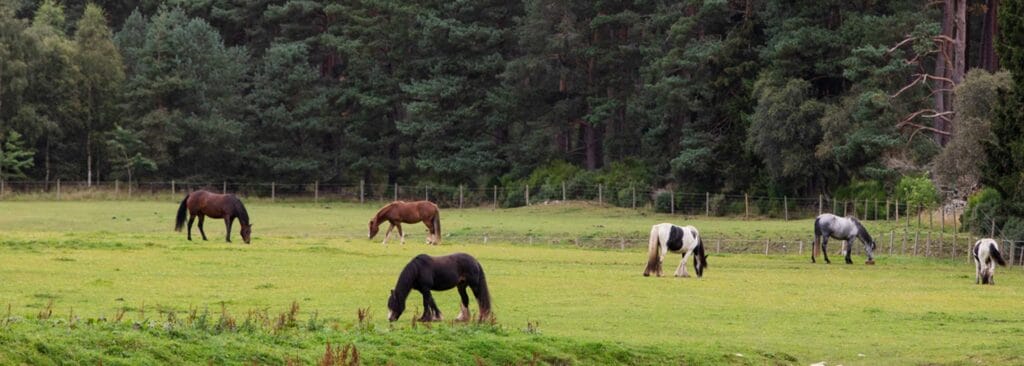
In the world of horse care and management, so many topics generate much debate and discussion, including the use of haynets.
For some equestrians, haynets are an indispensable tool, offering a convenient way to provide forage to their equine companions. Others, however, question the wisdom of using haynets, citing concerns about potential health risks and behavioral issues.
Before delving into the nuances of haynet usage, it’s essential to establish a foundational understanding: haynets are inanimate objects, neither inherently good nor bad. Rather, their efficacy and suitability depend on various factors, including the specific needs of the horse and the context in which they are used.
Understanding the Variety of Haynets
If you have decided on trying a haynet for one or more reasons, you will see that there is a huge variety available on the market. From material composition to construction design, haynets come in a range of shapes, sizes, and configurations. Some are made of nylon, while others utilize natural fibers such as hemp or cotton. Mesh sizes can vary significantly, affecting the rate at which horses can access the hay within.

The diversity of haynets means that any conclusions drawn about their utility must be contextualized within the specific attributes of the net being used.
A study evaluating the impact of haynets on equine behavior or health outcomes cannot be generalized to all haynets, given the considerable variability in design and construction.
The Compromises of Horsemanship
Central to any discussion of haynets is the acknowledgment that once humans decide to interact with horses, we depart from the realm of natural equine behavior. Whether it’s riding, stabling, or feeding practices, every aspect of horsemanship involves compromises.

Consider the horse’s natural grazing behavior: in the wild, horses spend the majority of their time foraging for small amounts of food spread across a wide area. They can also forage at various heights including shrubs and trees. This constant and varied, low-level intake of forage is conducive to a healthy digestive system and helps prevent issues such as colic and gastric ulcers.
However, domesticated horses often find themselves in conditions that deviate significantly from their natural environment.
Confinement to stables or small turnout areas limits their ability to engage in natural foraging behaviors, necessitating alternative feeding strategies.




